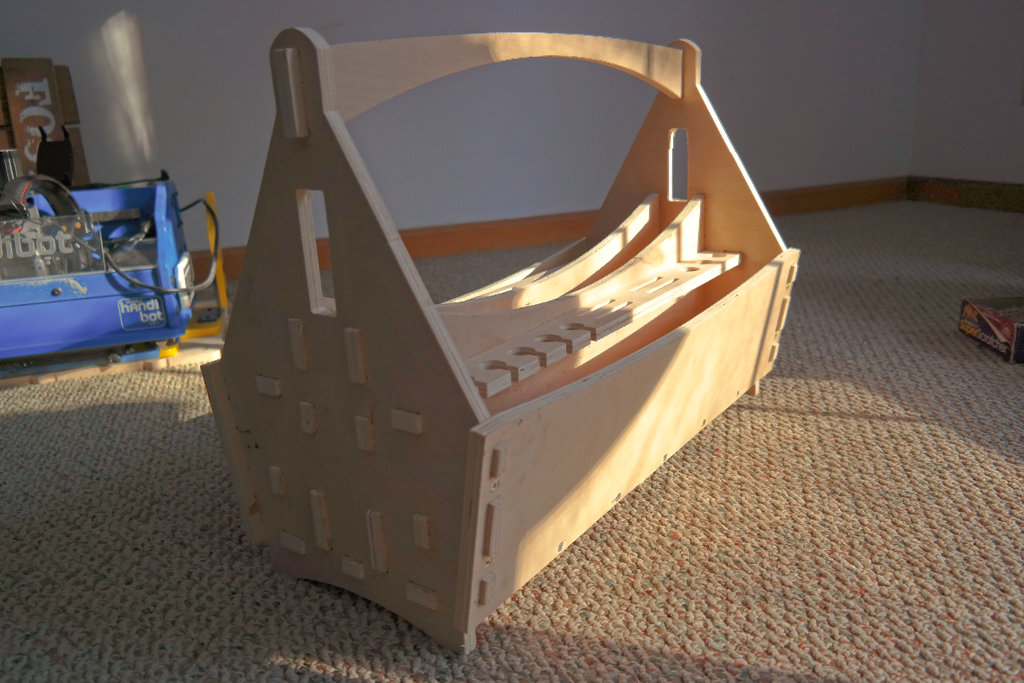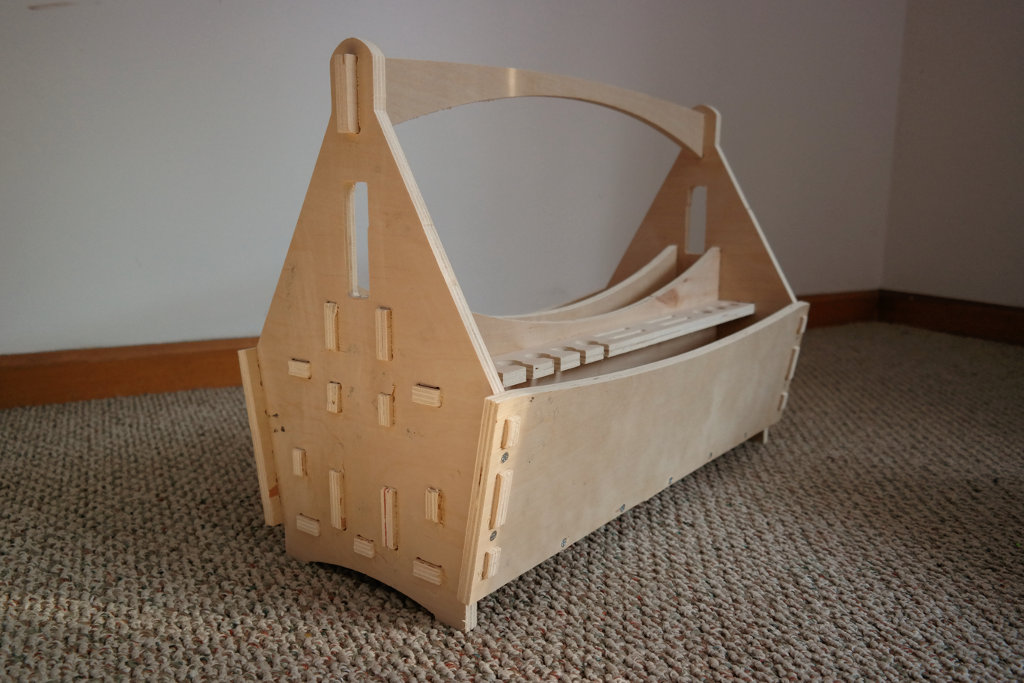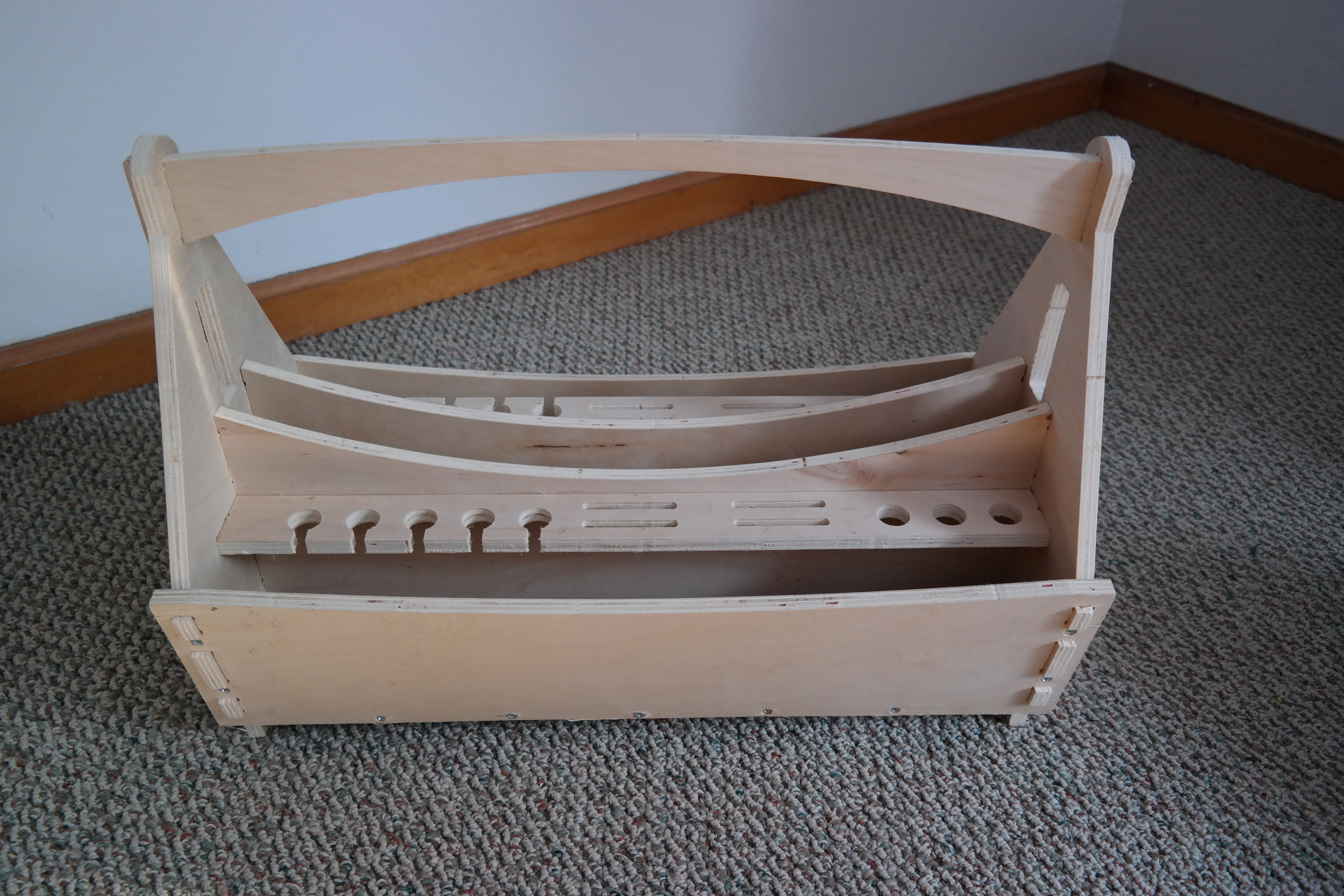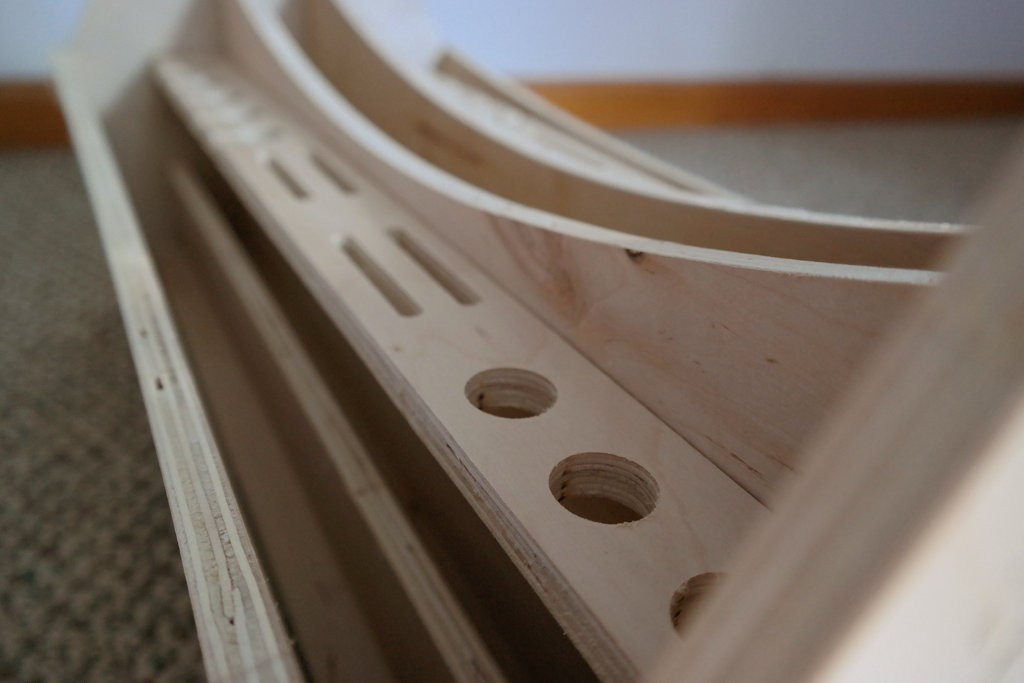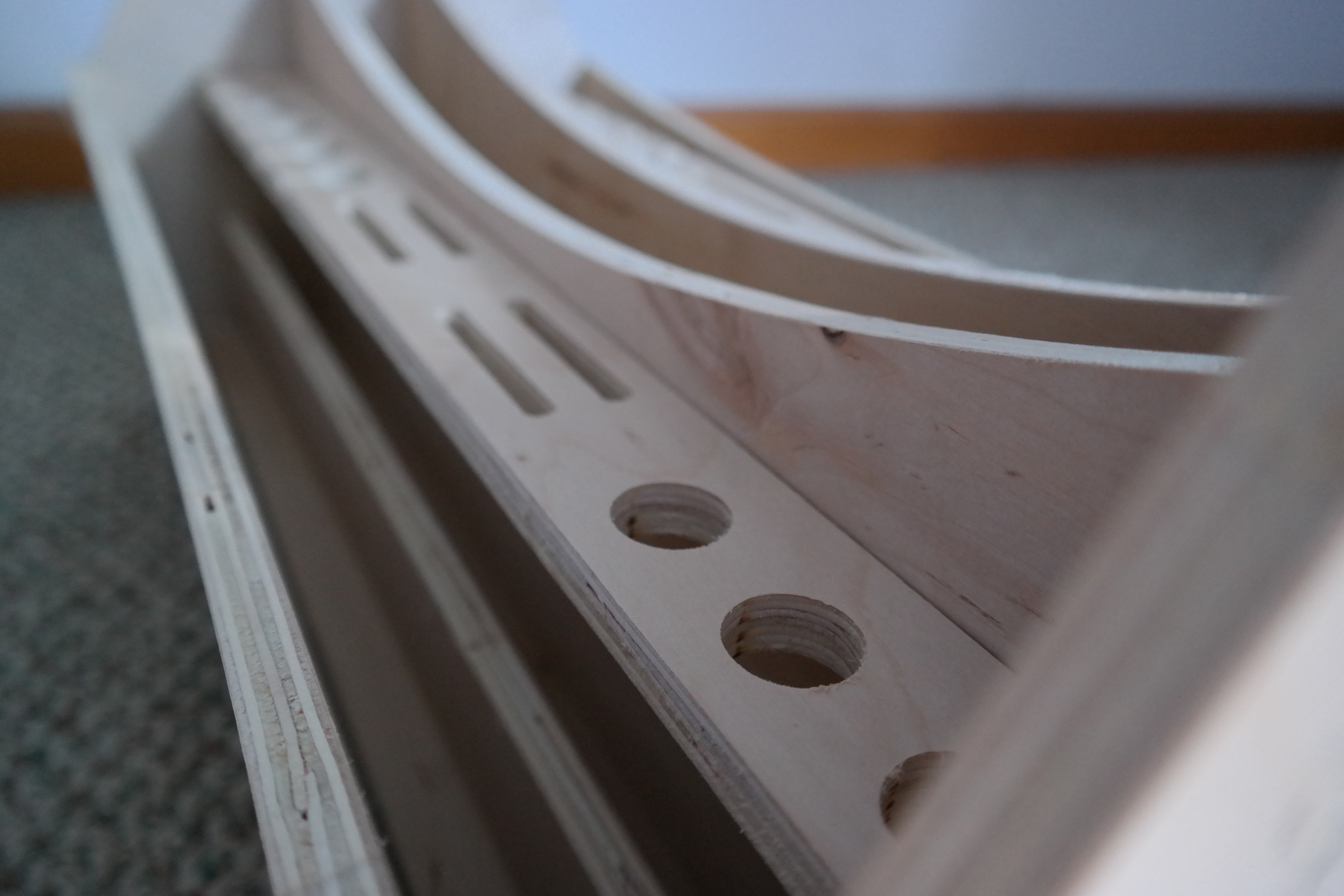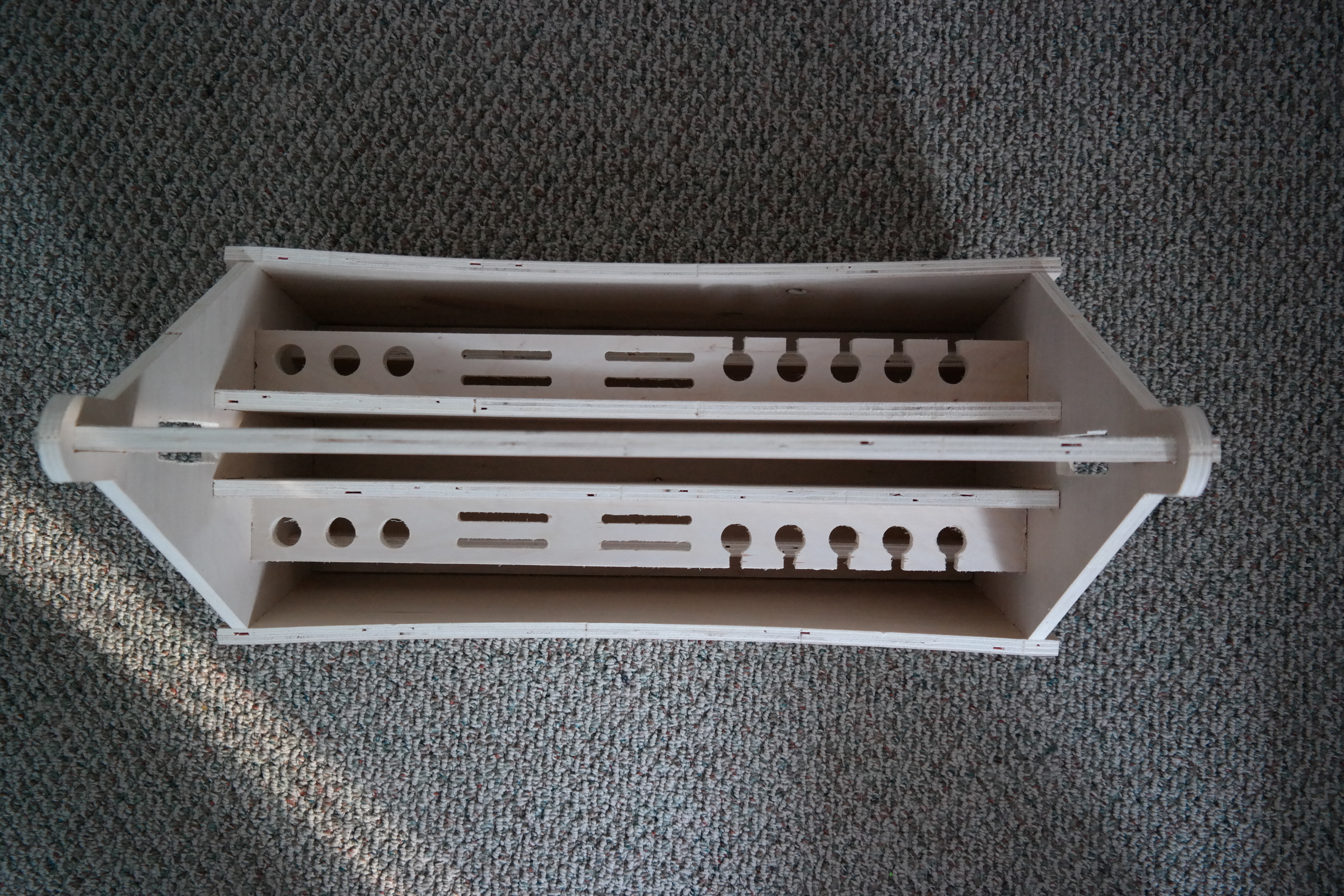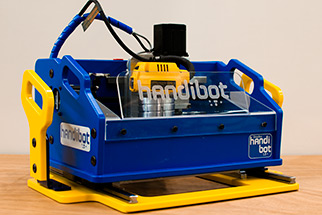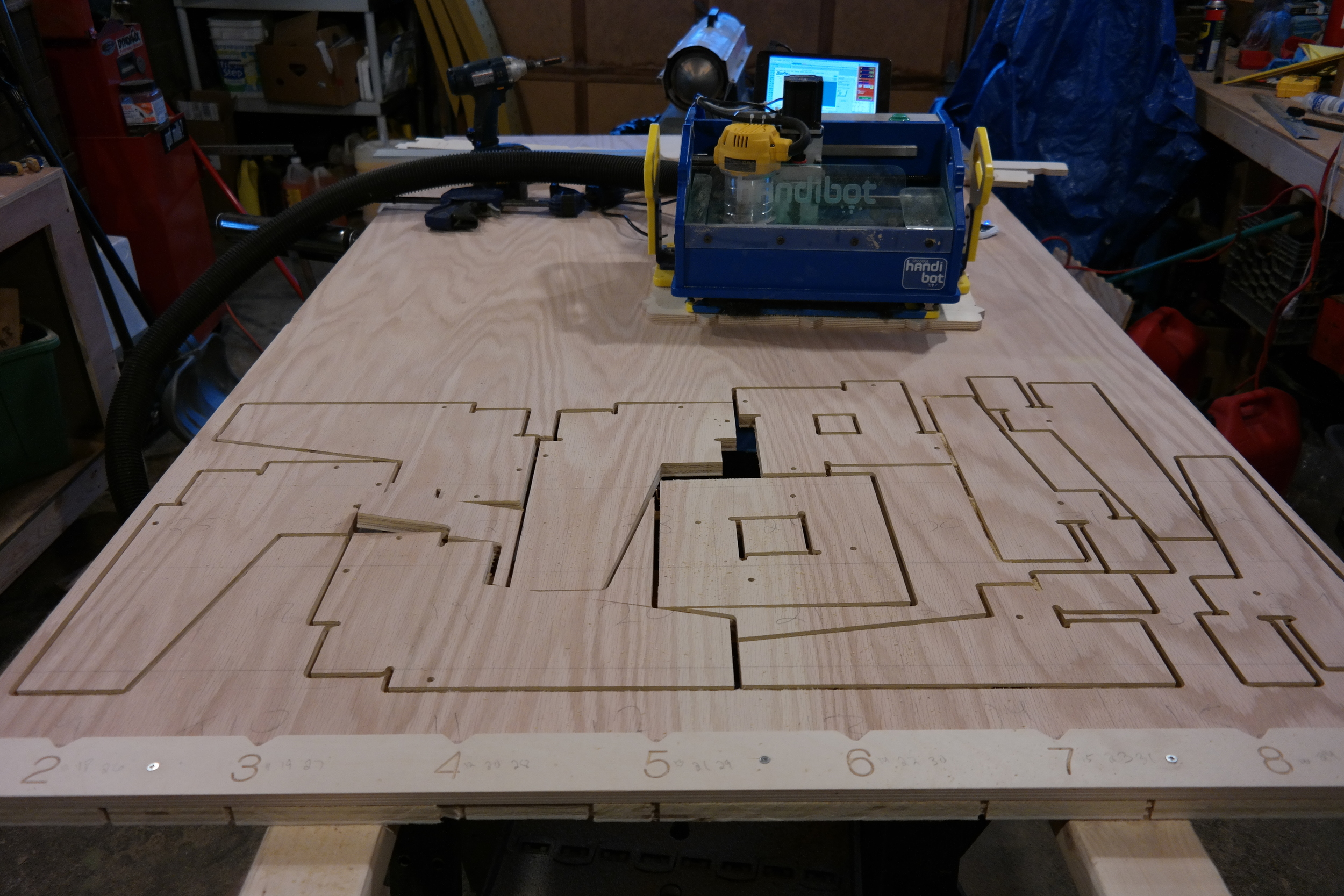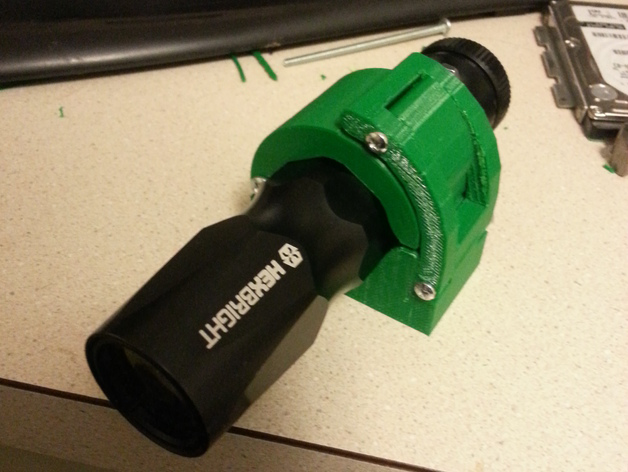Recently I was contacted by a group to build something awesome... I'll keep that group of people secret for now. After much debate, we decided to build something out of PVC pipe. It's cheap, light, and when used right, very strong. This is the design we set about building: A Bucky Ball. (Two actually)
Two "Bucky Balls" connected by a tunnel, designed in Sketchup
It's definitely worth reading about Mr. Fuller. He invented all kinds of amazing structures and wrote many books. If you want to read up on him, this is a great place to start.
After layout out all the pipes and the hubs, we set about building:
Stay tuned for more as I fabricate the second part of the structure.















